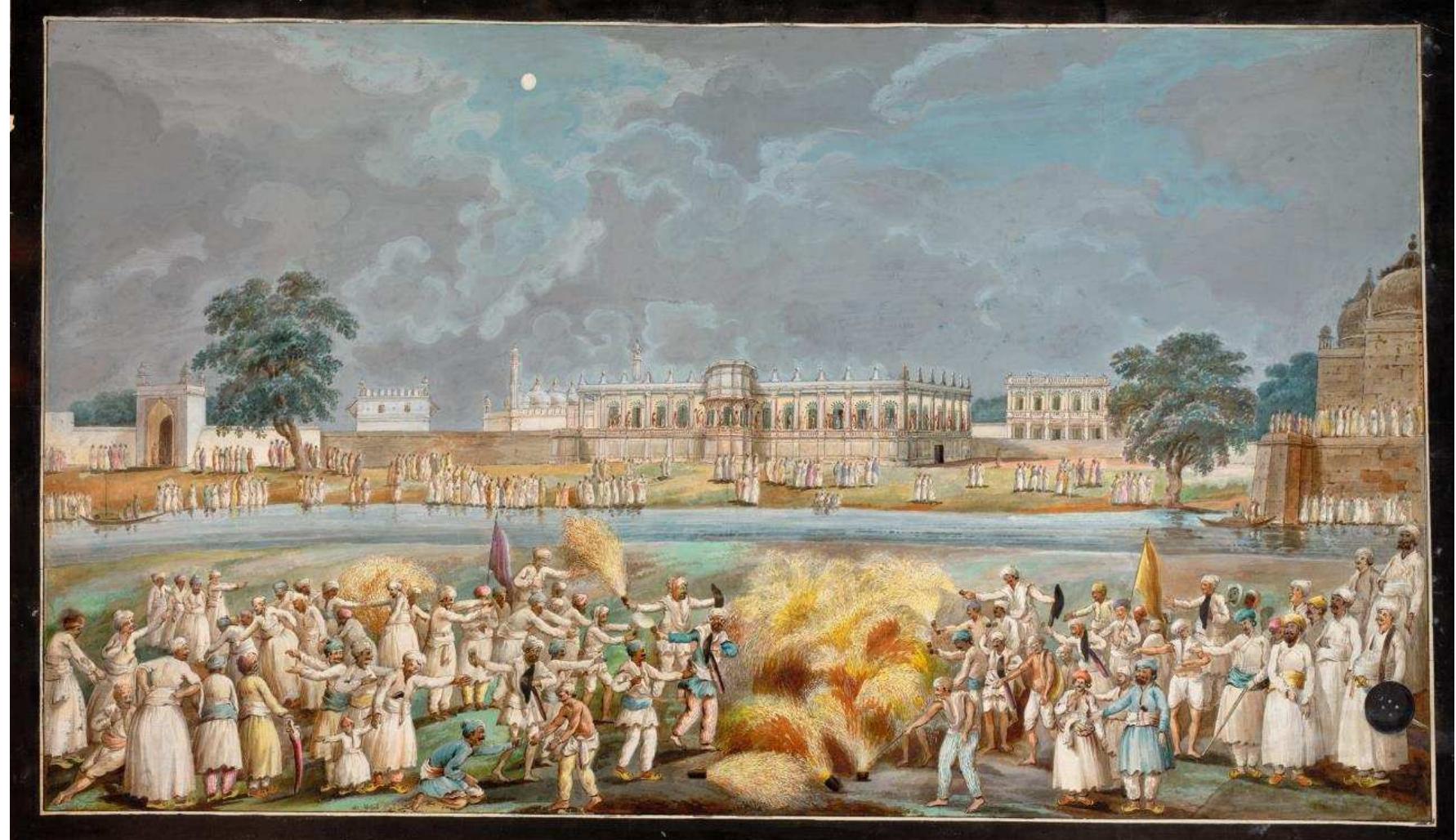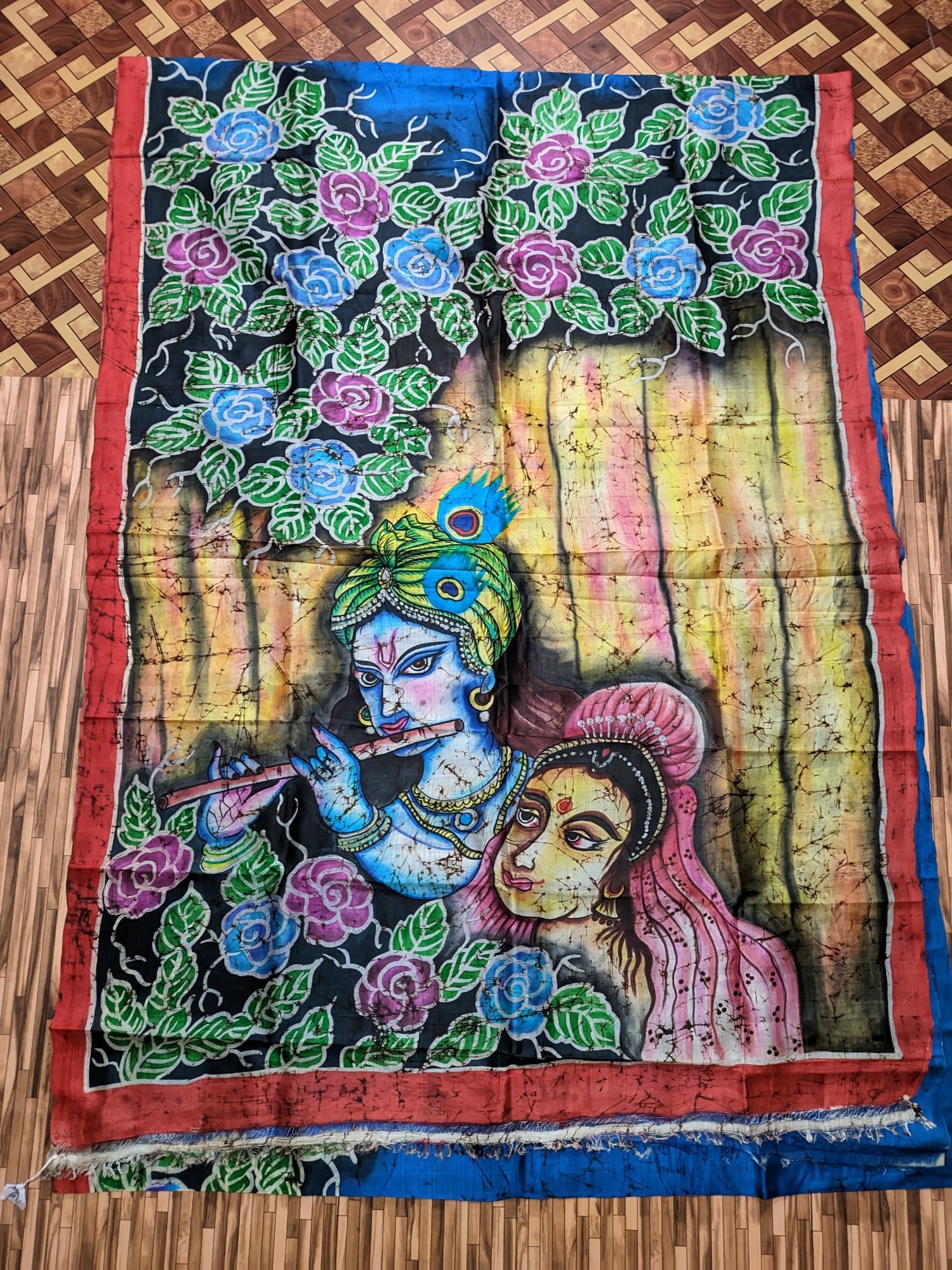
Menu

Punjabi folk art is experiencing a dynamic revival, not in fields or festivals alone—but in the hands of a new generation of visual artists. Today, the infectious energy of Bhangra, the soulful rhythms of Giddha, and the vibrant hues of Punjabi life are being reimagined on canvases, digital screens, and street walls, ushering in a modern era of cultural expression.
Modern interpretations of Punjabi folk art take inspiration from traditional motifs—Phulkari patterns, musical instruments like the dhol, harvest scenes, and the exuberant movements of folk dancers. But they fuse these with bold colors, abstract forms, and contemporary aesthetics, creating artwork that resonates across generations and borders.
Artists such as Harjinder Singh Kukreja and Rupy C. Tut blend tradition with modern design, using mediums like digital illustration, mixed media, and even graffiti. Their work often combines calligraphy, portraiture, and heritage symbols in a way that keeps Punjabi culture alive while speaking to diasporic and global audiences.
What makes this modern folk art particularly engaging is its celebratory tone. Just like Bhangra, it is loud, joyous, and unapologetically proud. Whether displayed on gallery walls, printed on clothing, or painted in urban spaces, this art captures the heartbeat of Punjab—its joy, struggle, music, and movement.
In a time when globalization often blurs cultural lines, these modern interpretations of Punjabi folk art help preserve identity while evolving its language. They remind us that tradition doesn’t need to be static—it can dance, sing, and reinvent itself, just like Bhangra does.



